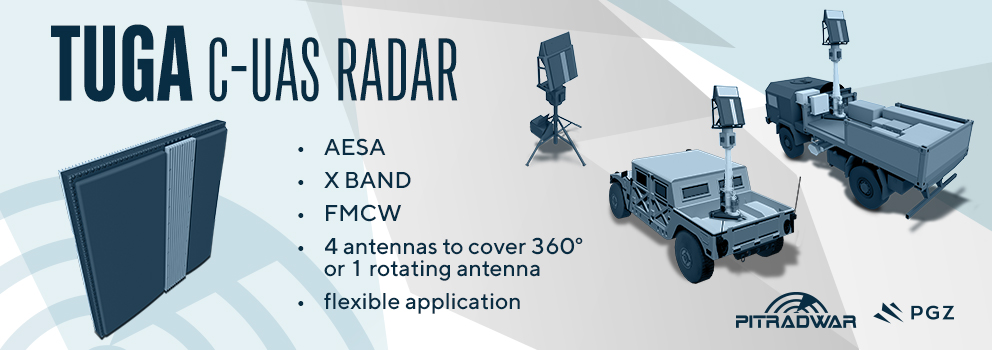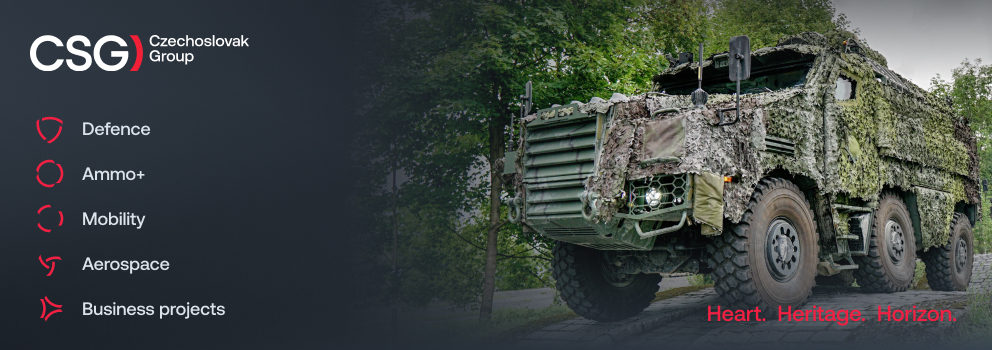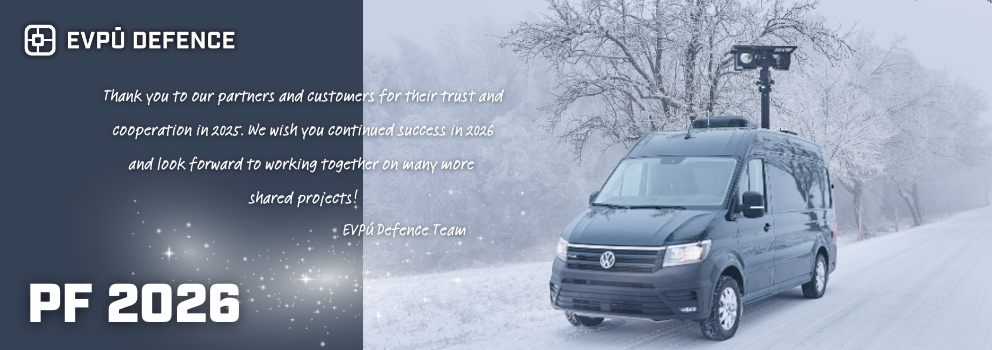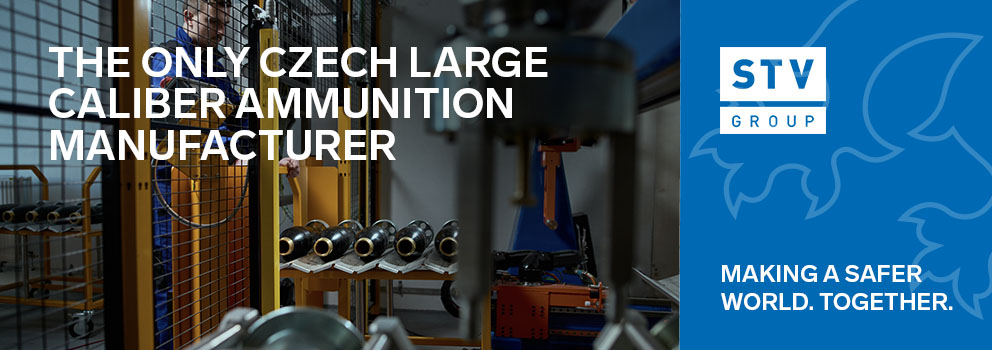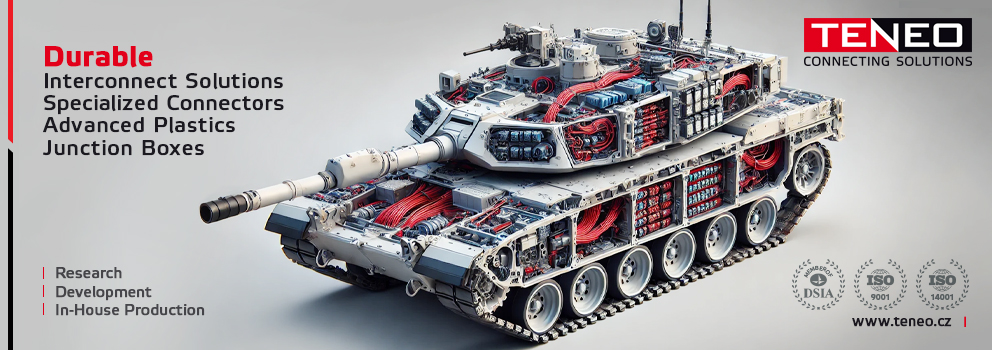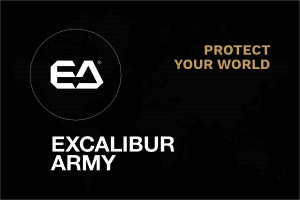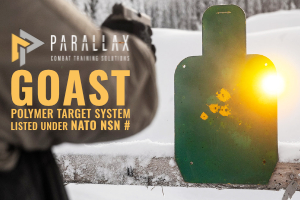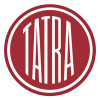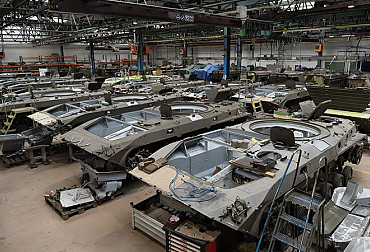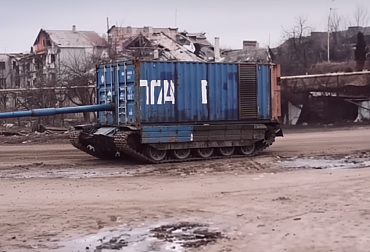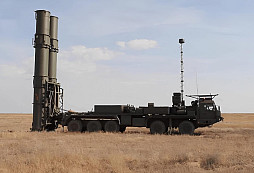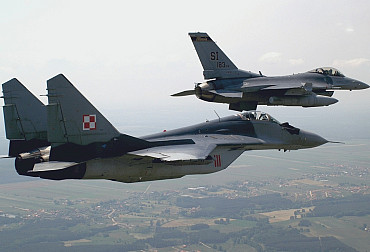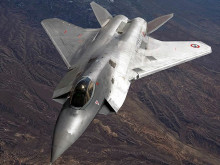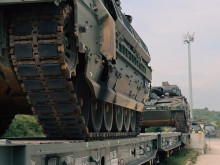Development, education, and training of military police officers
Members of the Military Police, like professional soldiers, must continuously educate and improve themselves so that they can effectively face existing and new challenges. The education and training of military police officers are the responsibility of the Department of Combat and Police Training of the Military Police Headquarters, whose chief is Colonel Igor Szabó, whom we asked for an interview.
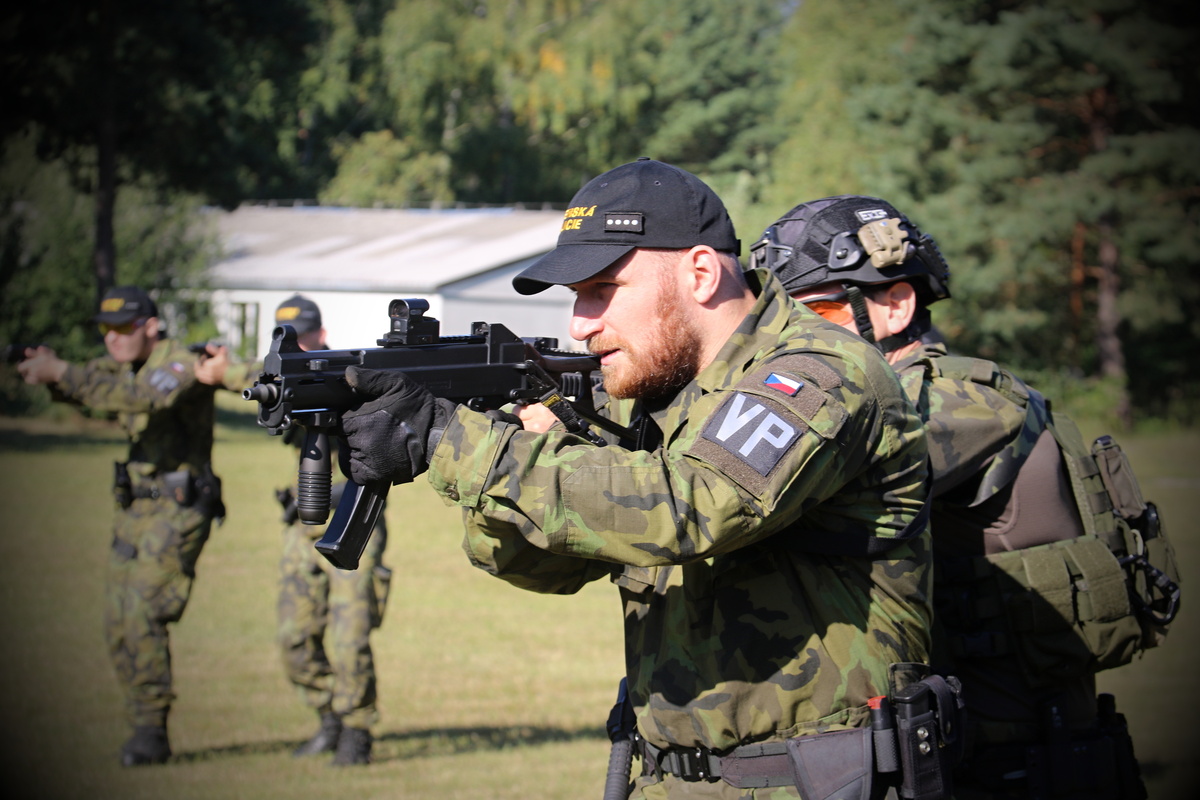
What is the activity of the Combat and Police Training Department in the Military Police structure?
The Combat and Police Training Department provides training for all members of the Military Police across the board. Preparation has three basic pillars – education (values, attitudes, opinions), training (knowledge, skills), and practice (skills, habits). These three pillars are fulfilled through institutional training (individual training), which is carried out in military schools, educational and training facilities of the Ministry of Defence, non-departmental facilities, and educational and training facilities abroad. Furthermore, through collective training (unit training), which takes place in the units and facilities of the Czech Armed Forces, and last but not least, through individual training (independent training), which takes place throughout the career of a Military Police Officer.
How has combat and police training changed over the years? Do you take inspiration from abroad?
As the security situation evolves and the Military Police develop new capabilities, training activities are modified. As far as inspiration from foreign (alliance) partners is concerned, this is ongoing and is reflected in training, especially in the area of interoperability, to ensure that when members of the Military Police of different nations come together to carry out tasks abroad, these units will be able to communicate, perform tasks in a similar manner, and have compatible material, armament, and equipment as far as possible.

How is experience from real missions abroad reflected in training?
Experience from foreign operations, as well as operations within the Czech Republic and joint exercises, is collected and evaluated, and the conclusions are then implemented in further activities using the ZPVZ (Knowledge Acquisition and Experience Utilization) process. This allows our organization to continuously learn from examples of good practice or from its own mistakes.
Do you cooperate in any way with foreign partners, e.g. within NATO?
In addition to other security forces in the Czech Republic, the Military Police also cooperates with alliance partners, as well as with partners from the EU and the UN. At the alliance level, the Military Police is part of the Military Police Working Group, which brings together members of the Military Police (or its equivalents) from all alliance countries and PfP (Partnership for Peace) countries. This group is primarily responsible for updating the doctrinal apparatus, addressing current common issues, and shaping the future direction and overall capabilities of NATO military police forces. It is also worth mentioning the Military Police's long-standing involvement in the international project "Multinational Military Police Battalion" (MNMPBAT), where our members, together with the Military Police of the Slovak Republic, Poland, Croatia, and, most recently, Georgia, have the opportunity to regularly practice performing tasks in an international environment. Last but not least, the Military Police has long-standing bilateral cooperation with a number of countries, including, in addition to those mentioned above, Germany, Austria, Israel, the United Kingdom, and the United States of America.
How does training differ for different specializations within the Military Police?
The Military Police has several services (traffic and public order service, criminal service, protective service, and special activities – canine and pyrotechnic service), each with its own specific focus, regulations, procedures, materials, and equipment. Therefore, there are preparatory activities common to all services, and then there are activities specific to a given service.
How often do Military Police officers have to undergo close combat and shooting training?
Close combat, service interventions, and shooting training are among the basic skills that every military police officer must master. Therefore, great emphasis is placed on their development and maintenance. The number of shooting training sessions currently available allows every military police officer to participate in shooting training—weapon handling and shooting practice—at least once a month. For close combat and service interventions, the frequency and time allocation per year depend on the specific type of Military Police service.
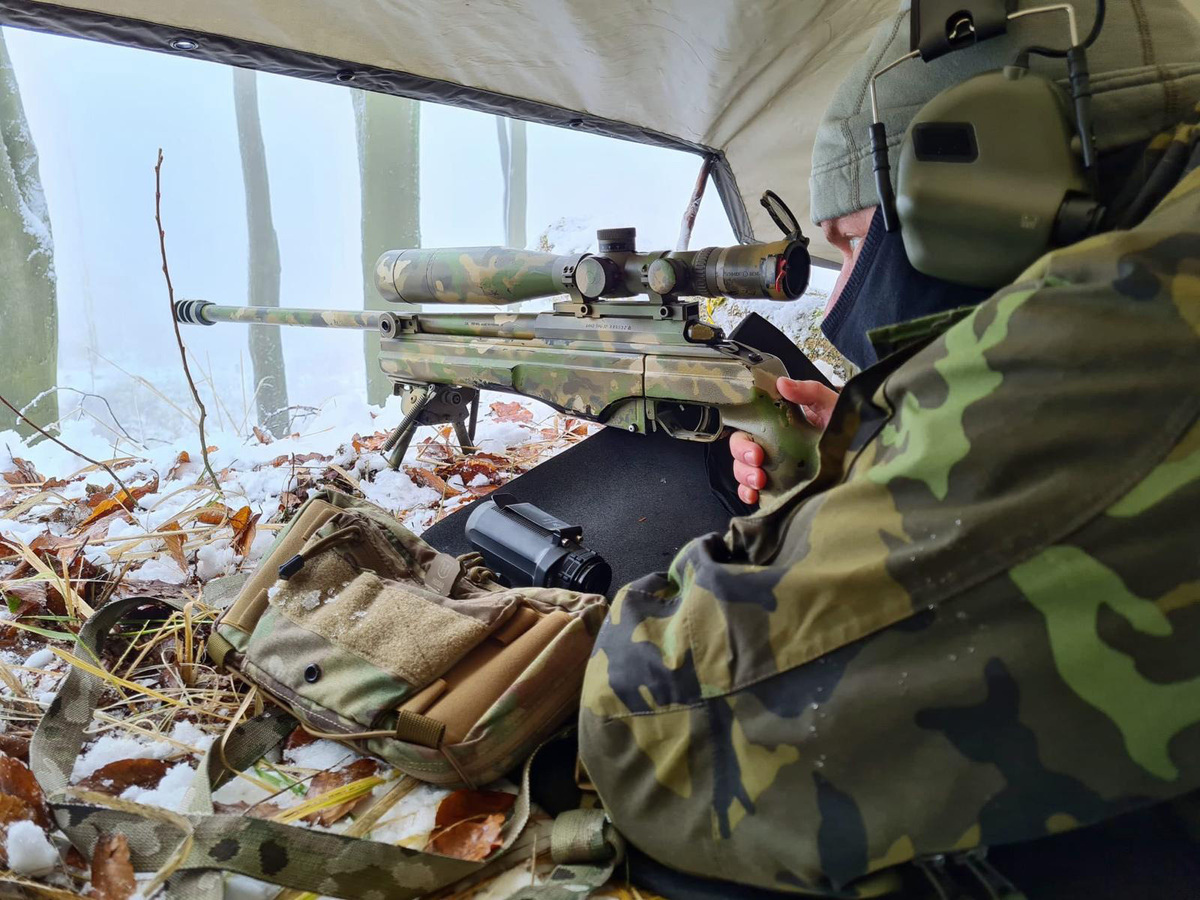
How is training conducted for crisis management, such as interventions against armed perpetrators?
Training for responding to crisis situations that have occurred in the recent past, both in the Czech Republic and abroad, is conducted using available analyzed experience from individual incidents and new trends in tactical procedures shared among security forces.
What new technologies and equipment do you use for combat and police training?
As part of our collective training, we use, for example, the SAAB tactical combat simulator, which we borrow from the Czech Armed Forces. This is a system of sensors for equipment, weapons, technology, and objects, including the necessary hardware and software, which allows us to simulate gunshot wounds, chemical injuries, injuries caused by improvised explosive devices, and other situations during the training of real police activities.
To what extent do you use modern simulation technologies and virtual reality in training?
Currently, the Military Police does not have the hardware and software necessary for augmented or virtual reality, but we are cooperating with the Police of the Czech Republic on their development and plan to acquire them in the near future.
How and in what environment are the most common interventions practiced?
Interventions are trained at facilities actively used by the Ministry of Defence for its operations, but also in classrooms at Ministry of Defence training facilities, at facilities of other Czech security forces, or at facilities of alliance partners. The type of training depends on the focus of the individual Military Police services.
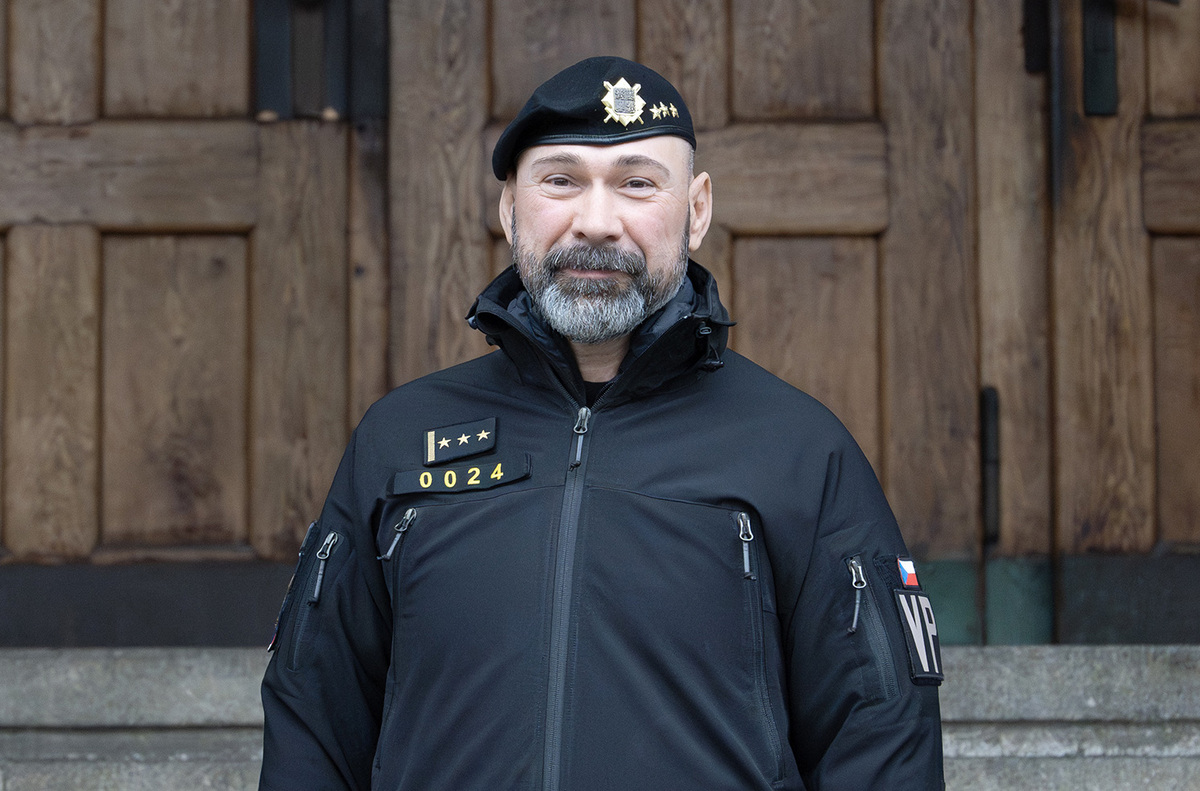
How does such preparation for the protection of convoys and military facilities in high-risk areas take place?
For this type of preparation, we use the aforementioned facilities, which are best suited to simulating conditions in a given high-risk area. The training is configured to realistically simulate the challenges and specific characteristics of the target high-risk area.
What significant training or operational tasks are you currently facing?
The biggest challenge we currently face is the development of the Military Police Training Concept until 2040, following on from the Military Police Development Concept until 2035. This document will set out the main directions for training, taking into account the current and future needs of the Military Police, using modern training methods and technologies.
